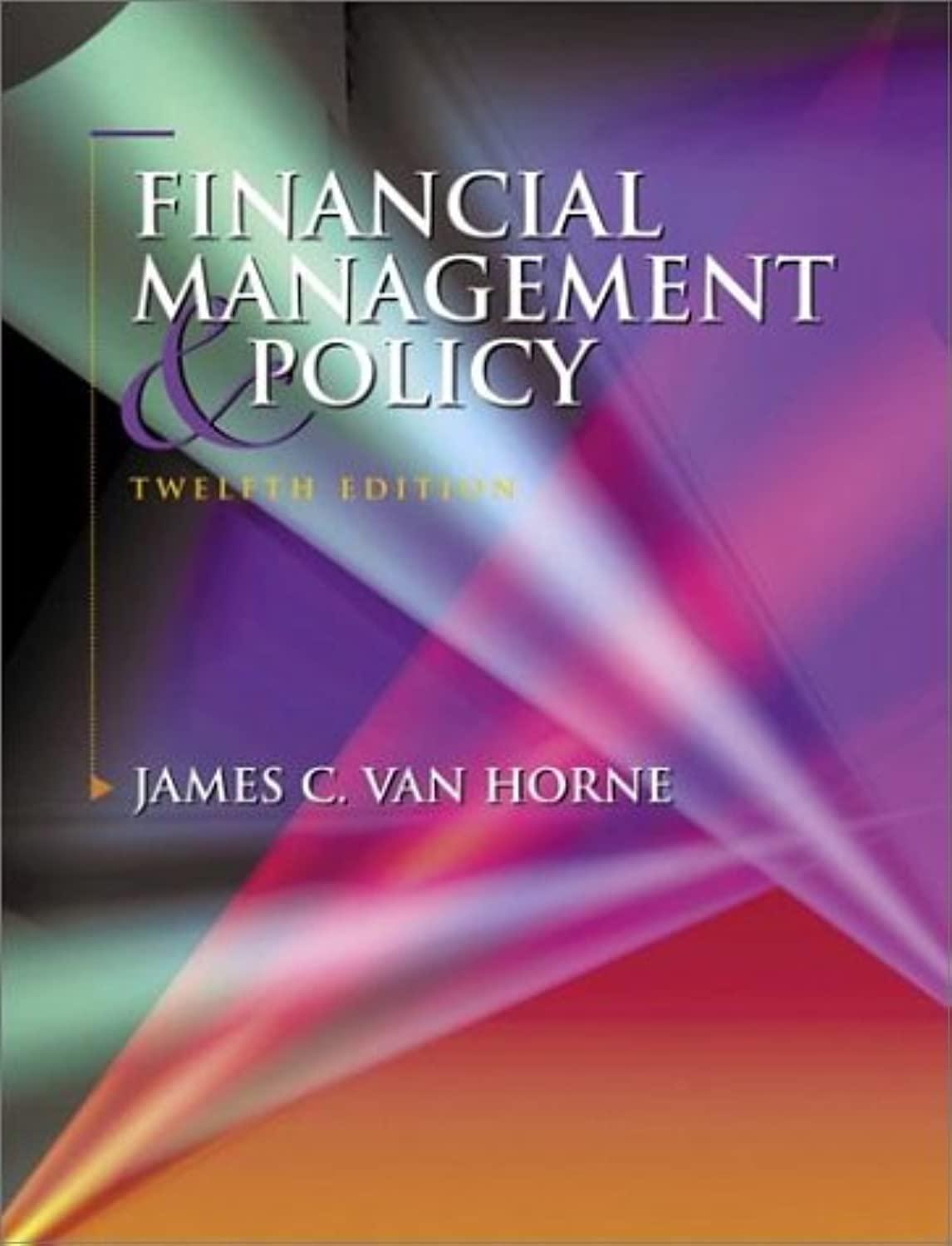Answered step by step
Verified Expert Solution
Question
1 Approved Answer
1. Present descriptive statistics of (i) market returns of the selected market (Indian Stock Market) and (ii) investor sentiment. Requirements: 1. Present descriptive statistics of

1. Present descriptive statistics of (i) market returns of the selected market (Indian Stock Market) and (ii) investor sentiment.
Requirements:
1. Present descriptive statistics of market returns of the selected market (Indian Stock Market).
2. Present descriptive statistics of investor sentiment.
3. Interpret.
Introduction The mean-variance relationship has long been a focus in finance literature. Traditional financial theories propose a positive mean-variance relationship (Merton, 1973), i.e. bearing high (low) risk should be rewarded by high (low) returns, empirical studies document at best inconclusive evidence with three mainstreams due to different economic settings and volatility model selection. French et al. (1987), Scruggs (1998), Ghysels et al. (2005), Lundblad (2007), Pstor et al. (2008), Brandt and Wang (2010), and Rossi and Timmermann (2015), among others find the risk-return tradeoff despite being less significant in some cases. On the other hand, Nelson (1991), Brandt and Kang (2004), Baker et al. (2011), Fiore and Saha (2015), and Booth et al. (2016), among others, document a negative mean- variance relationship. Turner et al. (1989), Glosten et al. (1993), Sun et al. (2017), and Wang et al. (2017), among others, report both positive and negative relationship between risk and returns. Behavior financial theories highlight investor sentiment in influencing stock prices, despite the traditional ones positing that stock prices are the discounted future cash flows and arbitrage leaves little space for investor sentiment (Fama, 1965). De Long et al. (1990) argue that sentiment investors trading together brings systematic risk into stock markets. The risk originated from the stochastic shifts in investor sentiment imposes arbitrage limits on rational investors, impeding them from trading against noise investors. As a result, the mispricing caused by sentiment investors is persistent. Baker and Wurgler (2006) state two routes whereby investor sentiment can cause persistent impact on stock prices: (i) uninformed demand shocks, and (ii) limits on arbitrage. Uninformed demand shocks naturally persist in that irrational investors' misbeliefs could be further strengthened by others joining on the bandwagon' (Brown and Cliff, 2005, p. 407). Limits on arbitrage demotivate arbitrageurs from relieving the impact of investor sentiment since they are commonly subject to relatively restricted Introduction The mean-variance relationship has long been a focus in finance literature. Traditional financial theories propose a positive mean-variance relationship (Merton, 1973), i.e. bearing high (low) risk should be rewarded by high (low) returns, empirical studies document at best inconclusive evidence with three mainstreams due to different economic settings and volatility model selection. French et al. (1987), Scruggs (1998), Ghysels et al. (2005), Lundblad (2007), Pstor et al. (2008), Brandt and Wang (2010), and Rossi and Timmermann (2015), among others find the risk-return tradeoff despite being less significant in some cases. On the other hand, Nelson (1991), Brandt and Kang (2004), Baker et al. (2011), Fiore and Saha (2015), and Booth et al. (2016), among others, document a negative mean- variance relationship. Turner et al. (1989), Glosten et al. (1993), Sun et al. (2017), and Wang et al. (2017), among others, report both positive and negative relationship between risk and returns. Behavior financial theories highlight investor sentiment in influencing stock prices, despite the traditional ones positing that stock prices are the discounted future cash flows and arbitrage leaves little space for investor sentiment (Fama, 1965). De Long et al. (1990) argue that sentiment investors trading together brings systematic risk into stock markets. The risk originated from the stochastic shifts in investor sentiment imposes arbitrage limits on rational investors, impeding them from trading against noise investors. As a result, the mispricing caused by sentiment investors is persistent. Baker and Wurgler (2006) state two routes whereby investor sentiment can cause persistent impact on stock prices: (i) uninformed demand shocks, and (ii) limits on arbitrage. Uninformed demand shocks naturally persist in that irrational investors' misbeliefs could be further strengthened by others joining on the bandwagon' (Brown and Cliff, 2005, p. 407). Limits on arbitrage demotivate arbitrageurs from relieving the impact of investor sentiment since they are commonly subject to relatively restrictedStep by Step Solution
There are 3 Steps involved in it
Step: 1

Get Instant Access to Expert-Tailored Solutions
See step-by-step solutions with expert insights and AI powered tools for academic success
Step: 2

Step: 3

Ace Your Homework with AI
Get the answers you need in no time with our AI-driven, step-by-step assistance
Get Started


